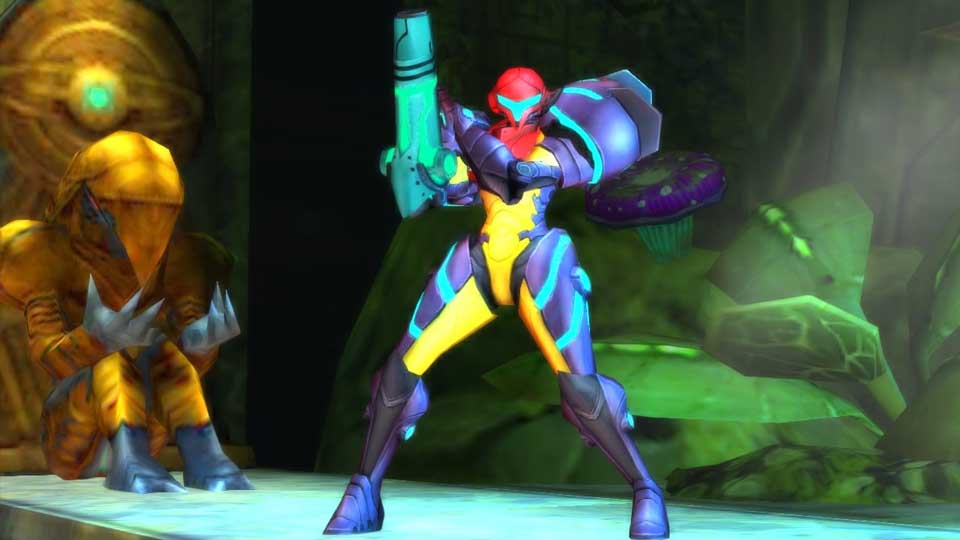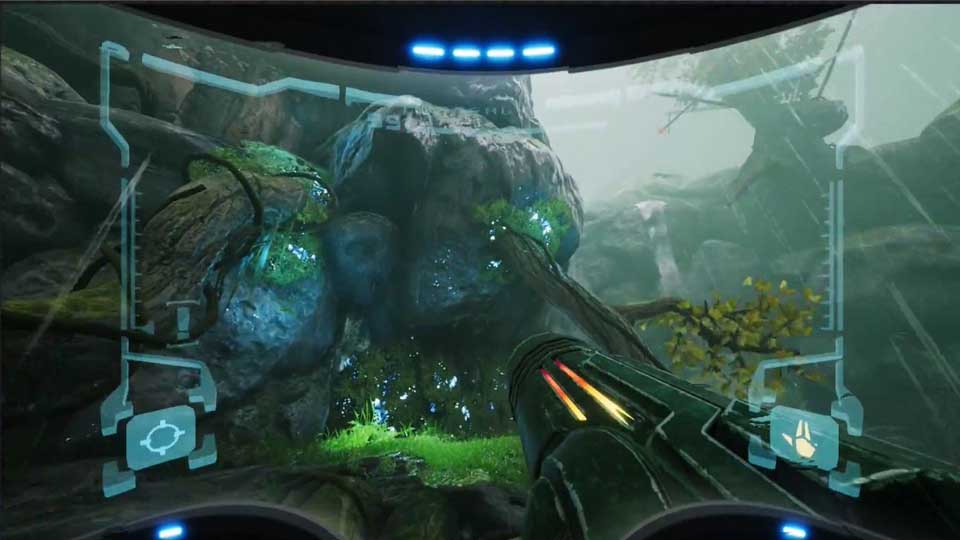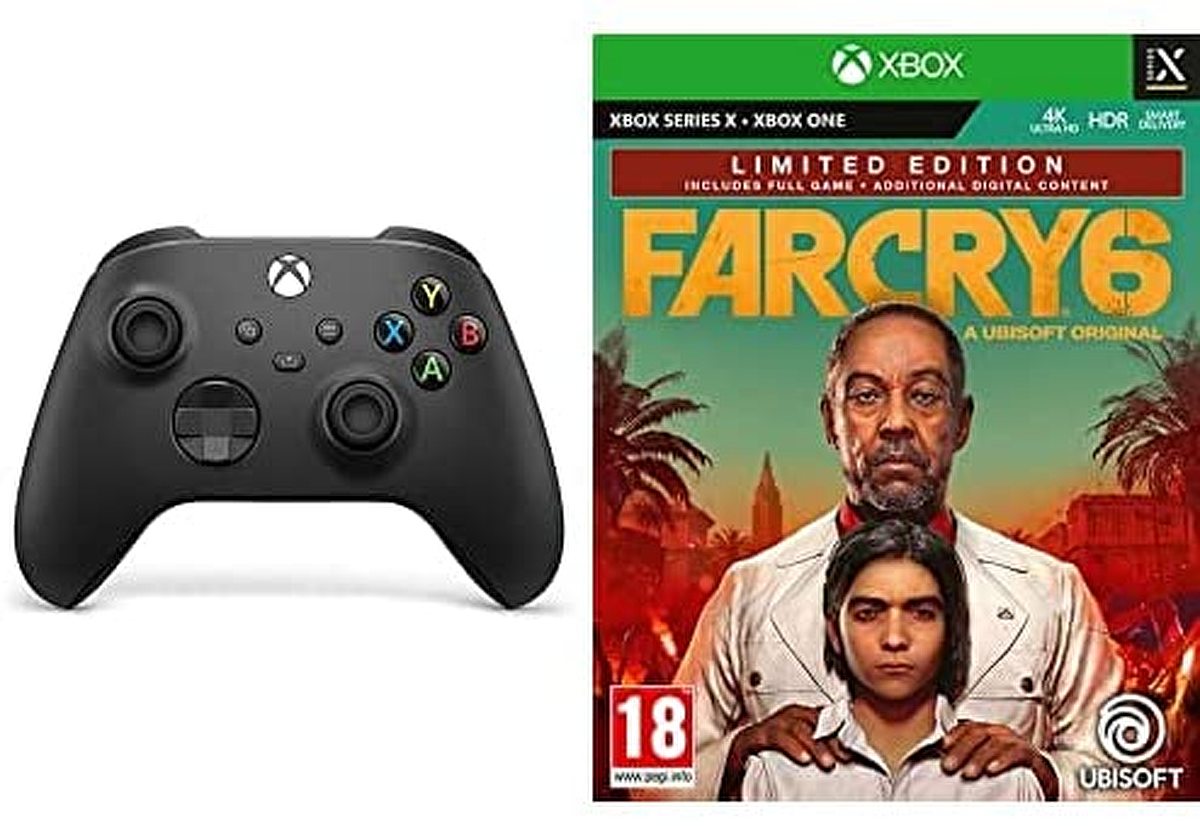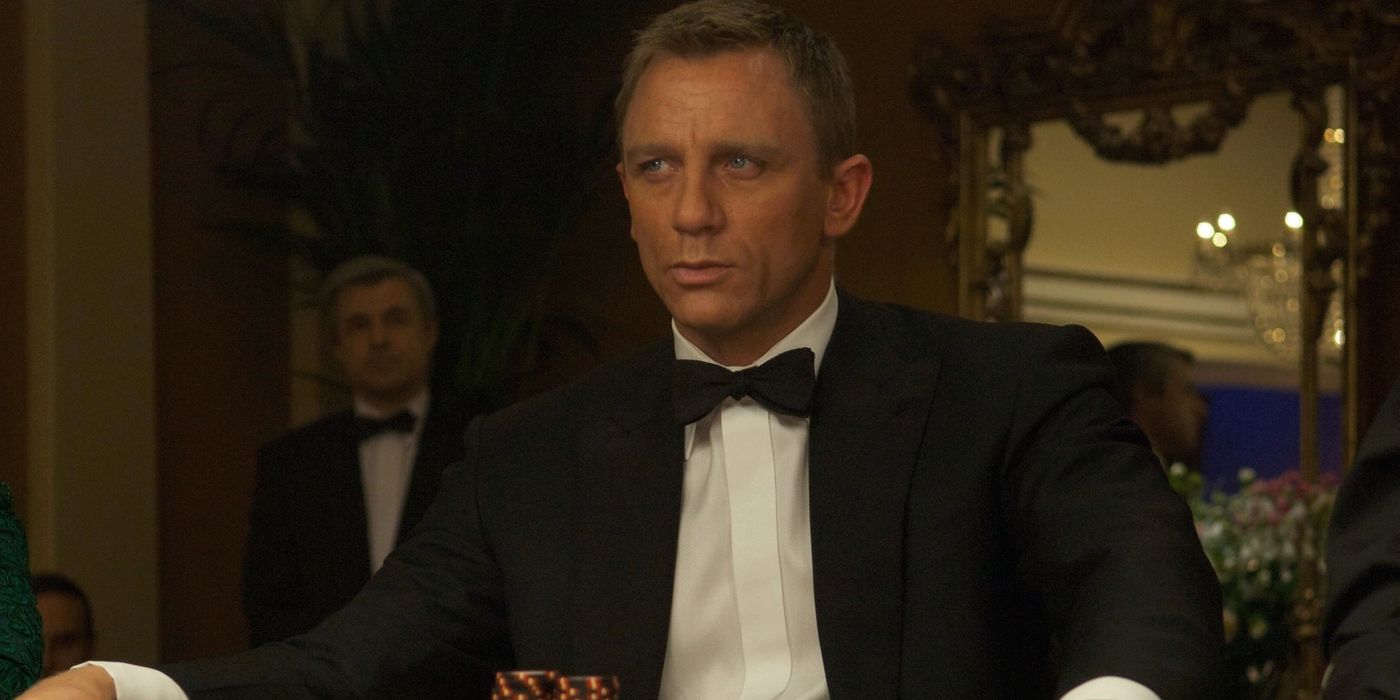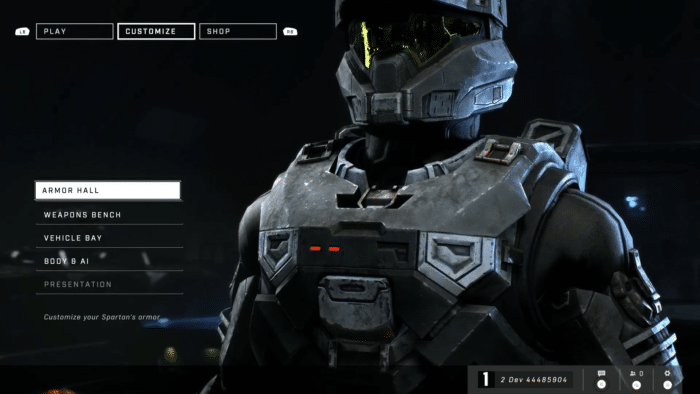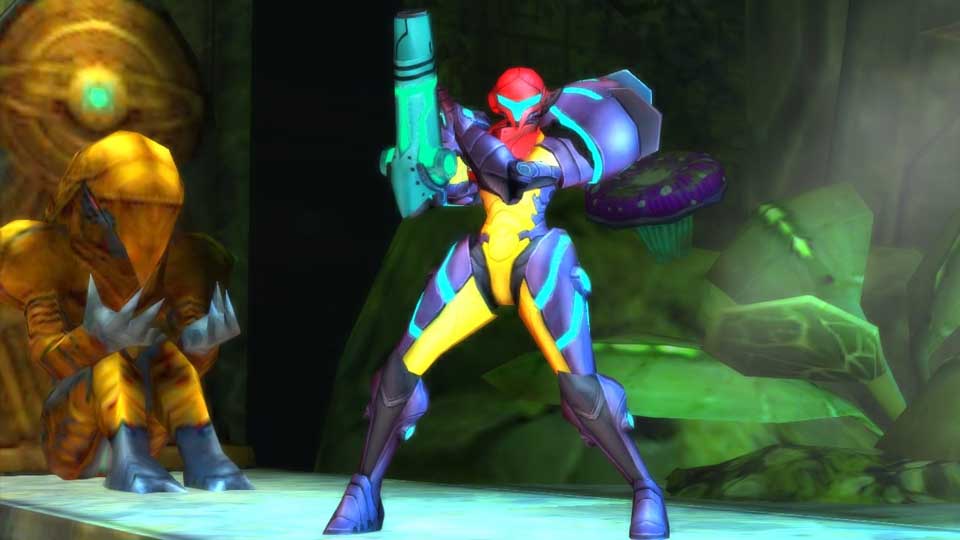
Despite its legacy and influence within the video game industry, Metroid has always been a bit of a black sheep among Nintendo’s line-up of iconic franchises.
It’s been almost two decades since the last original 2D Metroid game, and the only traditional Metroid release we’ve seen recently has been a remake. So, with Samus Aran’s story continuing at long last with Metroid Dread, newcomers are probably having a tricky time figuring out what to catch up on before this new entry. Thankfully, there are a few easy recommendations to make, both for those wanting a first-hand catch-up with the story, and for anyone who just wants to get their first taste of what the franchise has to offer.
Super Metroid
One easy starting point would be the 1994 classic, Super Metroid. It’s readily available on the Nintendo Switch Online SNES app, so anyone with a subscription can play it without hassle. Despite its age, it’s still perfectly playable by modern standards, and anyone already accustomed to the Metroidvania sub-genre should have no issue acclimating to its gameplay. Chronologically, it comes quite late in the Metroid timeline, but there’s a handy short text and video recap at the start of the game that gets players up to speed on the relevant key events that unfolded in prior games. Like most 2D Metroids, it’s also quite short, and can easily be beaten in a few play sessions.
Metroid: Zero Mission
For anyone with access to older Nintendo hardware, there’s also the remake of the original game, titled Metroid: Zero Mission. Not only is hard to access a copy, it also lacks a substantial number of features from the later entries that make it a much more challenging – and dare I say tedious – adventure to push through. Zero Mission modernises the original with a clearer sense of direction, updated controls, new visuals, and more story content, making it a much more palatable way to experience Samus’ debut outing.
Metroid: Samus Returns
Following Zero Mission, there’s also the 2017 3DS remake of Metroid II: Return of Samus, titled Metroid: Samus Returns. Samus Returns makes even more changes to Metroid II, offering quite a different experience. This might sound like a turn-off to some, but it should be noted that the original Metroid II is often considered amongst fans to be one of the franchise’s weakest entries, so depending on one’s tolerance for overhauls in remakes, Samus Returns might be an appreciably better option. For what it’s worth, developer MercurySteam (the team behind Metroid Dread) also developed Samus Returns, and there seems to be some shared mechanical DNA between the two titles, with the parry mechanic and omnidirectional aiming being obvious points of comparison.
Metroid Fusion
The latest game in the Metroid timeline, and the game Metroid Dread will be directly following in the overarching narrative, is 2002’s Metroid Fusion. Unfortunately, this is another Zero Mission situation, with the game only having a Game Boy Advance and Wii U virtual console release. With that being said, it’s probably going to be the one that’s most essential to play prior to Dread, being the introduction of the invincible stalker enemy archetype (which seems to be a prominent feature in the upcoming Switch title) and being the penultimate chapter in the current saga.
Metroid Prime
For anyone wanting a taste of the series but isn’t desperate to catch up on the storyline, there’s another option. Those who fancy cutting their teeth on Metroid’s innovative gameplay and universe to see what all the fuss is about should try the Metroid Prime games. These retain the core facets of Metroid’s gameplay – exploration, combat, platforming, puzzle solving – but translate them brilliantly into 3D with a first-person perspective. While they are a part of the Metroid canon, they have their own ongoing adjacent narrative that’s mostly far removed from the 2D entries outside of a few references and returning characters.
It should be noted that this is another case of having to dig out old hardware. Metroid Prime Trilogy is the best way to play these games, with the Wii’s motion controls complimenting the first person gameplay. Metroid Prime and its sequel can be acquired on GameCube, with Trilogy available for a reasonable price on the Wii U’s Virtual Console, physical copies priced sky high in second-hand markets.
Each of the games listed is a worthwhile investment, so I wouldn’t worry too much about picking the “correct” game to start with. It can be a bit of a daunting series to catch up on, so start with whichever recommendation seems most appealing to you, and have fun delving into some of gaming’s finest sci-fi. Metroid Dread will launch exclusively for the Nintendo Switch on October 8th, 2021.
